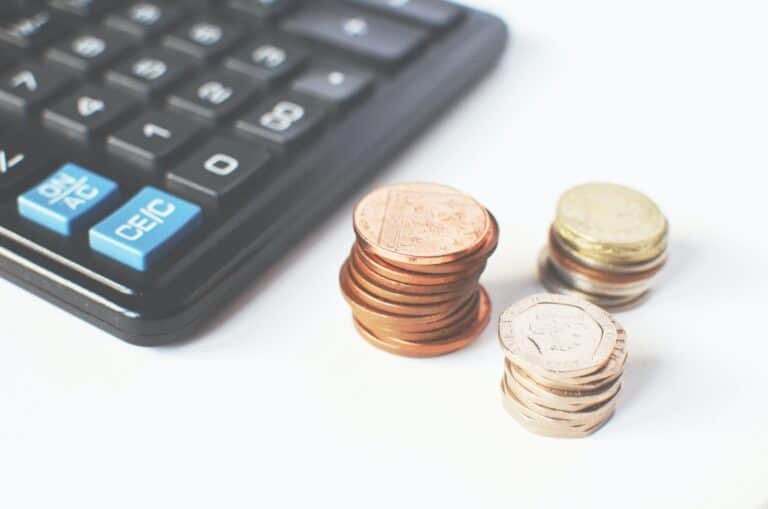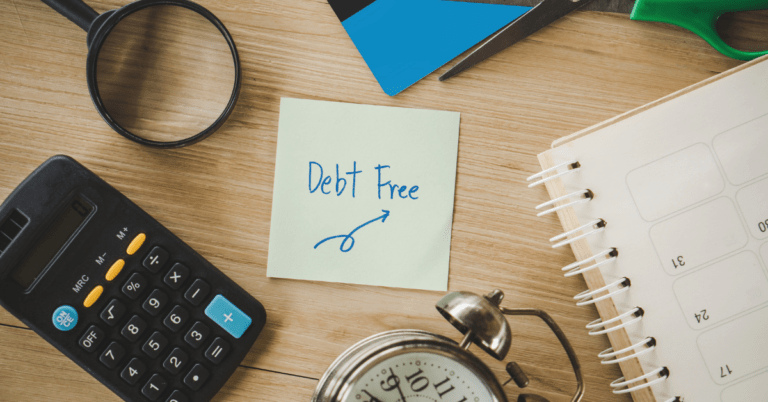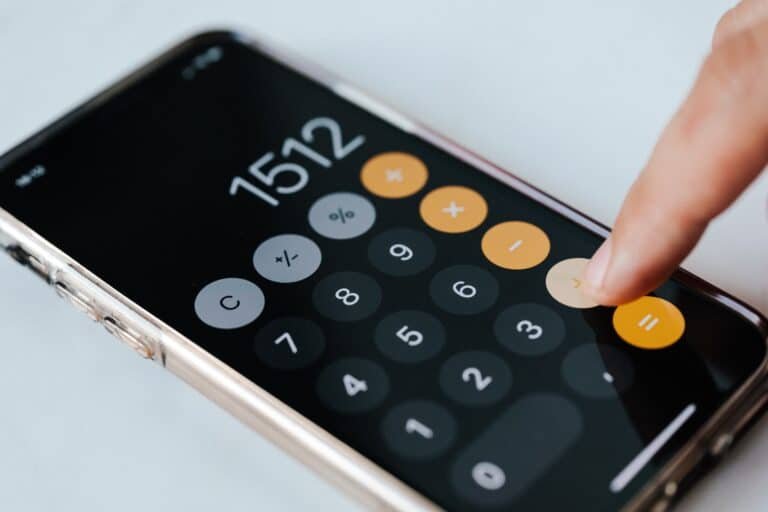How to Stop Living Paycheck to Paycheck
If you wouldn’t be able to cover your expenses after missing a paycheck, it means you’re living from paycheck to paycheck. In fact, 63 percent of Americans have been living the lifestyle since the first quarter of 2020. But that doesn’t mean you can’t end the cycle.
Knowing how to stop living paycheck to paycheck is essential for achieving your financial goals. It all starts with properly managing your money. Read on to find out more.
7 Tips to Stop Living Paycheck to Paycheck
Here are the proven tips to not live from one paycheck to another:
1. Create a budget (and stay on it).
Your first move should be to track your income and expenses. Creating a budget enables you to free up more cash. The extra money can go into savings, investment, and anything else that helps you grow.
Budgeting isn’t as difficult as some people think. The process might be a bit tiring, but you’ll be glad you did it in the long run. You don’t even have to be a mathematician or anything like that to make a budget that works.
It’s good to gather your financial reports before proceeding with the process. Find out how much you earn versus what you’re spending. If your earnings are higher than your expenses, you’re on the right path.
In case you’re overspending, you need to cut back on some of your expenses. These can be the ones that vary by month, such as groceries. If there’s nothing to slash in your variable expenses, move on to unnecessary expenses like dining out.
The important part is sticking to your budget. Once you learn how to control the money that you have, you’re good to go on with generating more income. This way, you’ll have more money to cover your needs and fun activities as well.
2. Do a no-spend challenge.
A no-spend challenge is all about staying a day, week, or month without unnecessarily spending money. You only pay bills and for other necessities. Here is a list of things you’re allowed to spend on:
- Food
- Shelter (rent or mortgage)
- Transportation (fuel or public transport)
- Utilities (electricity, gas, water, among others)
The best approach is to figure out the things you really need to sustain yourself. Maybe you could brew your coffee at home instead of buying it every day. Or find more ideas to match your current clothes instead of going to the stores for new ones.
Doing the challenge ensures that you save the money usually spent on unnecessary expenses for something else. It’s great for identifying your bad money habits and working on improvement.
Remember, the no-spend challenge can only be successful if you do correct timing. Start with a day or two and move up slowly. Also, find meaningful activities to keep you from slipping up.
3. Build an emergency fund.
An emergency fund protects your financial situation when you encounter money problems and unexpected expenses. This means you only use it for emergencies. It’s not for a big purchase or anything you’ve been planning.
You can set up an account for emergencies through an online or traditional bank. It’s best to keep the emergency fund separate from your regular checking and savings accounts. Better yet, have the account at a different bank to avoid spending temptations.
The emergency savings amount varies from one person to another because we have different ways of living. So, don’t worry if what you’ve set aside isn’t as much as someone else’s. But it should be much enough to cover your monthly expenses for 3-6 months when something unexpected happens.
A quick way to achieve several months’ worth of expenses in your emergency fund is by setting goals. A portion of the money you free up using a budget can go into the account. You may even put off other things to focus on building it.
4. Boost your income.
Having more income streams means you won’t be struggling to make ends meet. You’ll have more money to pay bills and debt, save, and invest. The best part is that you can indulge in fun activities once in a while without worrying about anything.
There are several ways to generate extra revenue. Some of them are as follows:
- Start a side business: Nowadays, the Internet offers quick ways to build a reliable source of income. Freelancing, blogging, and e-commerce are some online businesses to try out. It depends on your skills plus how much time and money you’re willing to invest.
- Ask for a promotion, raise, or bonus at work: Sometimes, employers won’t do anything to make you keep up the good work until you ask them to. Before asking for anything, make sure you deserve it. Communicate politely and whatever you need will be on its way to you.
- Take a new job: If you think you deserve more than what your boss is willing to pay, you’re free to get another job. Another way is to go full-time with a part-time job or side hustle that has the potential of earning you more money.
Check out my free guide on 60+ ways to earn extra money for more ideas.
5. Get out of debt.
Getting out of debt is necessary if you want to stop living from paycheck to paycheck. This is all because accumulating debt can take up a large amount of your monthly payment. The sooner you pay it off, the better!
Debt payment can be challenging if you don’t know where to start. One option for this is the debt snowball method. Here, you pay off debt starting from the smallest balance to the largest balance without regarding the interest rates.
Eliminating what you owe with this method is a great driving force. You feel happy because of the small achievements and work hard to kick out the next debt in line.
Another strategy for paying off debt is the debt avalanche method. It involves starting with high-interest debt and then ending with low-interest ones. You get a chance to pay less in interest because the build-up is slower.
You’re the one to decide which debt payment method will work for you. Above all, be sure to make minimum payments on the other debts you have. You need a positive payment history to keep your credit score in good shape.
6. Save money for any big purchase.
Big purchases require a significant amount of money. And you shouldn’t blow your paycheck on an expensive product the day you get it. Instead, you need to set a concrete savings goal to help you set aside money for the house or car you desire to buy.
It helps if you have a solid idea of how much you’re willing to spend on anything big. You might even research different options to find out what’s most affordable. For instance, you could buy a used car rather than a new one.
Listing your upcoming big purchases lower on your budget than your necessary expenses is the best way to go. As you already know, your needs come first and then the “wants” follow.
Also, it’s best to hold off these major expenses until you’ve eliminated debt and built an emergency fund worth 3-6 months of expenses.
7. Visualize life after paycheck-to-paycheck living.
What happens after you stop living from paycheck to paycheck? Chances are you have one or many ideas in mind. If you don’t have a plan, you better start making one.
Having a mental picture of your ideal future can push you toward achieving it faster. Maybe you need to travel the world and not worry about your financial situation. Or you just need more than enough money for your children’s education.
It’s possible to reach your financial goals with a positive money mindset. So, find a place to think without any distractions, ask yourself some questions, and stay motivated.
How to Stop Living Paycheck to Paycheck FAQs
What is considered living paycheck to paycheck?
Living paycheck to paycheck means that you’re unable to pay bills and other expenses when you haven’t received your paycheck. Without your next pay, you could experience significant financial difficulties. Luckily, you can change that by properly managing your money and generating extra income.
How do I stop living paycheck to paycheck?
Some ways to stop paycheck-to-paycheck living include creating a budget and sticking to it, boosting your income, and getting out of debt. You have to put in some effort into all these to ensure you get the change you need.
Is living paycheck to paycheck normal?
Many surveys have revealed that most people in the U.S. live paycheck to paycheck. While it might be the lifestyle of many individuals around the world, it’s possible to end the cycle and start pursuing your big goals.
Say no to the Paycheck-to-Paycheck Lifestyle
If you’re tired of waiting for paydays to get things done, it’s time to change everything and follow your dreams.
Follow the tips on this list and you’ll be on your way toward a better lifestyle. Don’t forget that it all starts with how well you can manage your money!







